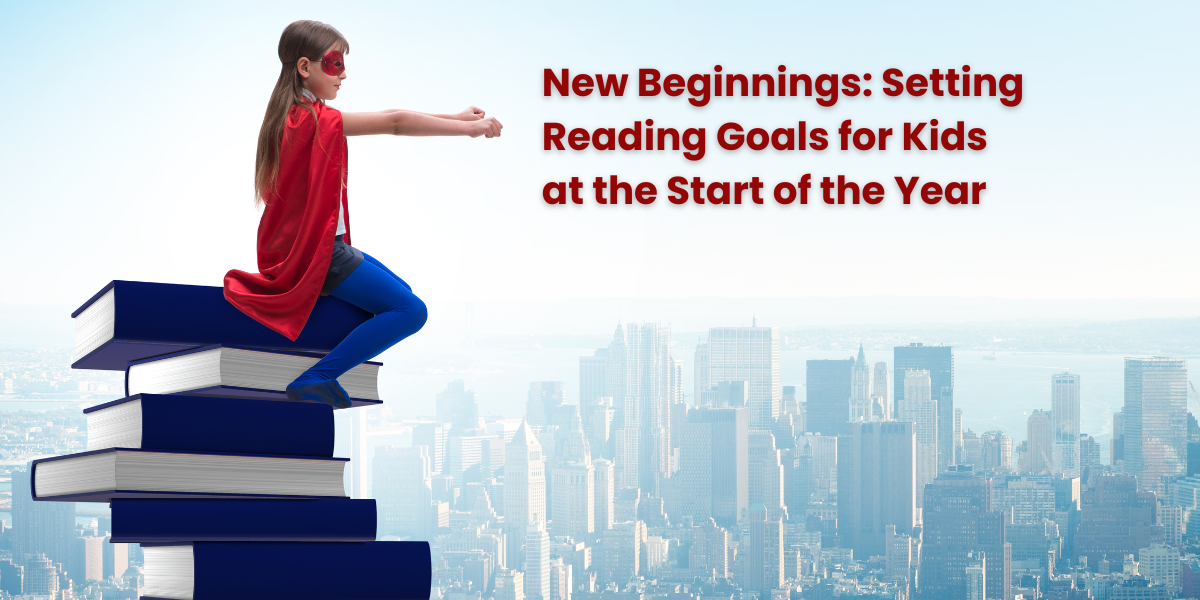
Nature’s classroom – Cultivating Early Education through Sensorial Learning
The human body is seen as the manifestation of the panchabudhas—earth, water, fire, air, and ether. This belief is echoed in the Bala Chikitsa, one of the eight sections of Ashtanga Ayurveda, emphasizing the need for direct experiences with water, air, and earth in the early stages of learning.
Let us explore how great scholars and philosophers emphasize the importance of learning experiences and connectedness to nature.
Albert Einstein once advised, ‘Look deep into nature, and then you will understand everything better.’
Rabindranath Tagore regarded nature as an essential educational tool, and that ‘the child must come into contact with the current of social behaviour after nature.’
Jiddu Krishnamurthy posited that ‘the right kind of education helps to live in peace with the environment and the entire planet.’ He emphasized that both the teacher and the student risk losing their connection to nature, trees, and the flowing sea, ultimately jeopardizing their relationship with mankind and sustainability.
What is the right age for the children to get exposed to nature? The National Curriculum Framework for the foundational stage strongly advocates for children learning from nature as an integral part of early childhood education.
For better connectedness and a better understanding of the universe and its offerings, it’s important to let the earthlings soak in nature in their early years.
What is the need for the education system or a teacher to introduce young minds to nature?
Delving into the intricacies of nature requires guidance on what to observe, how to observe, and how to connect. The probability of understanding everything better by immersing oneself in nature is high when the teacher guides the children in the process of immersion.
In alignment with Maria Montessori’s belief that ‘children have an absorbent nature,’ allowing children to observe nature adds vibrancy to the learning experience.
The existence of colourful insects and animals in various sizes explains the diversity of beings. The grasses, herbs, shrubs, plants, bushes, climbers, creepers, and trees with flowers and fruits make young minds appreciate the superpower. Nature is the best-prepared environment for learning with its flora and fauna, and it becomes crucial to let young buds delight in the sights of nature.
Observation becomes a habit, making children accustomed to their surroundings. From the cawing crows to the hustling birds, rustling leaves to the stormy winds, and barking dogs to trumpeting elephants, nature feasts the listening ears, orchestrating the symphony of melody in its way.
The tender fingers explore the rough bark of trees, the soft petals of flowers, shiny and fresh fruits, slender sticks and thick branches, hard stones and loose sands, wet dewdrops, wetter clay, moist soil, and dry sand, the warmth of the sunlight, and the chillness of rain. Is there any other best way to learn tactile lessons?
The squirrels’ friendly chases, the motherly love of the cow feeding its calves, crows inviting its tribe to share food, the tiny bird riding over a buffalo, lovely butterflies emerging from cocoons and so on, will create awe-inspiring feelings filling the hearts of young earthlings with love and care.
The sweet fragrance of colourful flowers, the inviting scents of ripe fruits, the petrichor of the rain, and the fresh green leaves and breezy wind that spread the freshness engage the olfactory senses in relevant learning experiences.
Can there be a better teacher than nature?
A good observation will let one soak in the earthly tones, bringing joy and rich experiences. In the creation of a sensorial learning environment during early childhood education, nature establishes itself as the timeless teacher. Children, immersed in nature, absorb lessons from what they see, hear, feel, touch, and smell, connecting with other beings, embracing coexistence, and appreciating the supremacy of the earth.
This concept is articulated by the Japanese as ‘So Shinrin-Yoku,’ in Korean as ‘산림욕 (Sanlimyok),’ in Chinese as ‘森林浴 (Sēnlínyù),’ in Finnish as’metsäkylpy,’ and in Scottish as ‘skogsbada.’ All these terms encapsulate the essence of ‘Forest Bath,’ highlighting the significance of connecting with nature through the senses of sight, hearing, taste, smell, and touch.
Encouraging children to spend time in nature holds immense importance. Whether in rural areas with access to ponds, rivers, and fields or urban spaces like gardens and parks, nature’s teachings are universal. In advocating for a sensorial learning environment, nature emerges as the perennial teacher, imparting lessons that extend far beyond textbooks.
As children immerse themselves in the sensory richness of the natural world, they not only acquire academic knowledge but also cultivate a profound appreciation for life, fostering a sense of interconnectedness and sustainability. The harmonious alliance of education and nature stands as an enduring source of inspiration, nurturing the flourishing of young minds.



